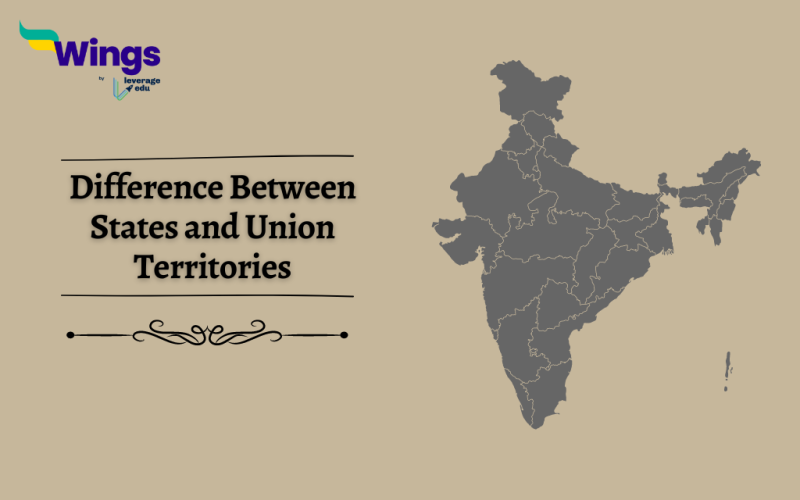Indian states and Union territories, endowed with an incredible and illustrious past, consistently captivate tourists. Did you know how many states and union territories are there in India? India is made up of 28 states and 8 union territories, each with a unique history. For example, the UTs of Daman and Diu were ruled by the Portuguese, while Puducherry was ruled by the French, both of which had distinct cultures from the states nearby. Additionally, Jammu and Kashmir saw the creation of J & K and Ladakh as two UTs following reorganization. In a similar vein, Daman & Diu and Dadra & Nagar Haveli combined to form one UT. The Centre is in charge of overseeing federal territories known as Union Territories (UTs). The President of India has chosen Lieutenant Governors (LG) for them. Let’s dive into the difference between the states and union territories.
Table on Difference Between States and Union Territories of India
| Union Territories | States |
| Small administrated unit ruled by the union is called a union territory. Administered and controlled by the government of India. | A constituent division with its own government is called a state. The authority to enact laws is granted to each state’s elected government. |
| Legislative and executive powers lie with the union government. | Legislative and executive powers are well distributed in different states. |
| Executive Head President of India | Constitutional Head- Governor |
| Run by an administrator appointed by the President | People elect a Chief Minister to rule the state. |
| Smaller in size | Larger in size |
| Don’t have autonomous powers | Have autonomous powers |
Union Territory
In the Republic of India, a union territory is a kind of administrative division. Union territories are federal areas under the partial or total jurisdiction of the Union Government of India, in contrast to the states of the country, which are controlled by separate administrations. India has eight union territories as of right now. Jammu & Kashmir became a distinct union territory and lost its status as a state on 31 October 2019.
State
A political entity having control over a certain territory is referred to as a state. Whereas a nation is defined more by its political identity and its cultural or historical elements, a state is more of a “political-legal abstraction.”
Hope it covers all the important information about the difference between states and union territories. Moreover, you can always seek the help of Civics and Polity to increase your knowledge! If you want to know more about topics like this, then visit our general knowledge page!
 One app for all your study abroad needs
One app for all your study abroad needs













